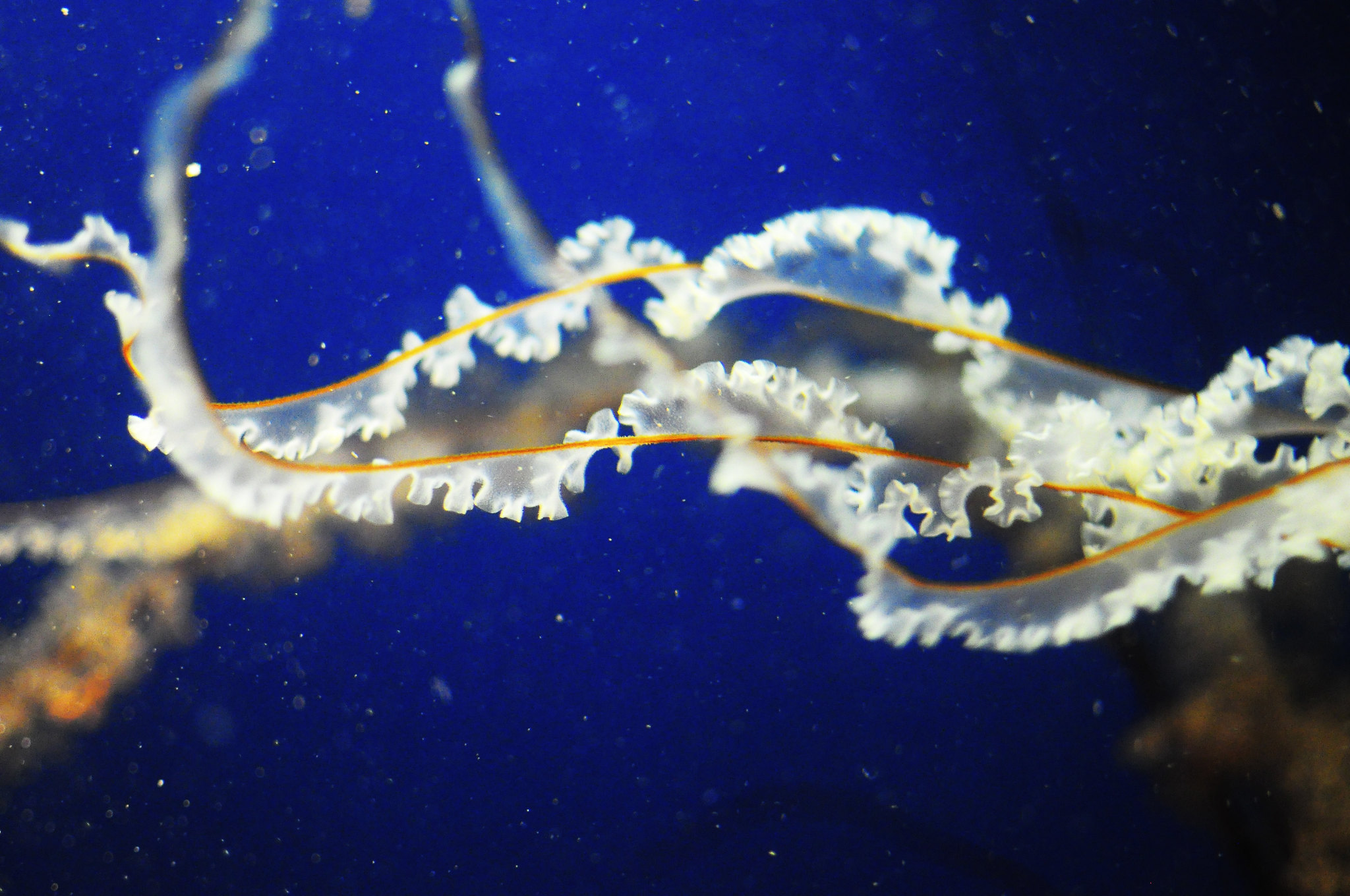The world of jellyfish is a mysterious one. Many of us have never seen a jellyfish up close as they swim under the ocean’s surface. But we know they’re out there because we can still find them preserved in jars of amber.
Knowing More About Jellyfish
Jellyfish are amazingly resilient creatures that can survive in extreme conditions. This is because they have a number of adaptations that give them an advantage over other animals. Jellyfish have nine stomachs which help them process nutrients from food and remove waste. They use their tentacles to find food, and they can detach them to swim away from predators.
Jellyfish have also been known to regenerate their bodies from gangrene if they lose an arm or a leg. Jellyfish’s tissues are also composed of 95% water, which provides a great deal of buoyancy and means they float. Most importantly, though, jellyfish have the ability to change color and then separate and crawl away from predators, so long as they have enough time.
Jellyfish can be found in many parts of the world, including the Gulf of Mexico, the Sargasso Sea, the Pacific Ocean, and even in the Atlantic Ocean. Everyone knows about jellyfish, but fewer people know the truth about jellyfish—they can survive in almost any environment, and they are most active during the day.
Surviving the Ocean
Jellyfish are the most well-known kind of oceanic creatures. We see them in shallow coastal waters, often in bloom or when we’re lucky enough to be on vacation. They are beautiful animals, but they’re not quite as pretty as they seem in their natural environment.
Jellyfish are one of the most diverse and fascinating animals in the ocean. They can be found from the tropics all the way up to the poles. Beyond their beautiful and unique colors, they are also the only animals that can regenerate their lost limbs. On top of all this, they can survive almost anywhere.
Let’s get to know more about the ways and characteristics that describe how jellyfish survives in the ocean:
- They’re colorful and fascinating, and they can be kind of scary too, which is something jellyfish are really good at. Their scary reputation comes from the fact that they’re very sensitive to touch.
- They’re also very visible, which seems like a good thing to most of us but is actually a problem for a jellyfish. Jellyfish are translucent, so they can’t hide from predators.
- Jellyfish can produce more oxygen than they need, recycle nutrients and carbon dioxide, and use the sun’s rays to create enzymes to help them digest the food they eat. Fish that don’t have the ability to do this are slowly starving to death while jellyfish thrive in the ocean.
- Jellyfish are known as the “walking jellyfish” for their ability to drift like a blimp using their long tentacles. This is possible because of a jellyfish’s single Tentacle-Grip (TG) that carries a specialized floating structure that gives it the ability to cling to a surface and suspend motion.
- Jellyfish are so graceful and delicate that they need to use a lot of energy to stay afloat in the water. Some jellyfish, like the apoda, Aequorea Victoria, have developed a way to reduce their energy consumption by becoming smaller in size. They have evolved to be able to survive in the low temperatures that are found in the deep waters of the ocean.
Jellyfish are some of the most common creatures in the ocean, and they have the ability to survive in all kinds of environments, from the deserts of the American Southwest to the coastal waters off the coast of Florida. Jellyfish are a diverse group of animals with hundreds of species to choose from. While many jellyfish are fragile and fragile, they are resilient survivors because they have a range of adaptations that allow them to survive in a wide range of habitats.
There are some animals that are able to survive in the most inhospitable of environments. Jellyfish, for instance, can survive in the most polluted waters, and the only thing that can kill them is another jellyfish. Jellyfish are also very hardy, as they can survive long periods of time in extreme conditions. Another example of an animal that can survive in extreme conditions is the vampire squid, which has been found at the bottom of the ocean, where the pressure is so great that even the rocks most animals are made of are crushed.
